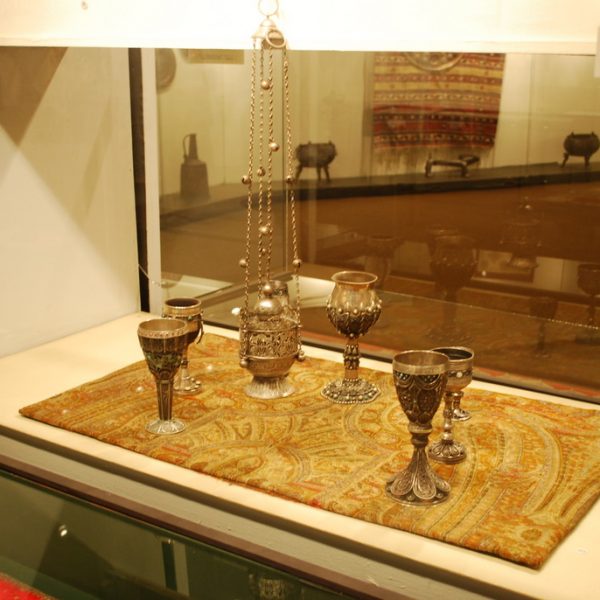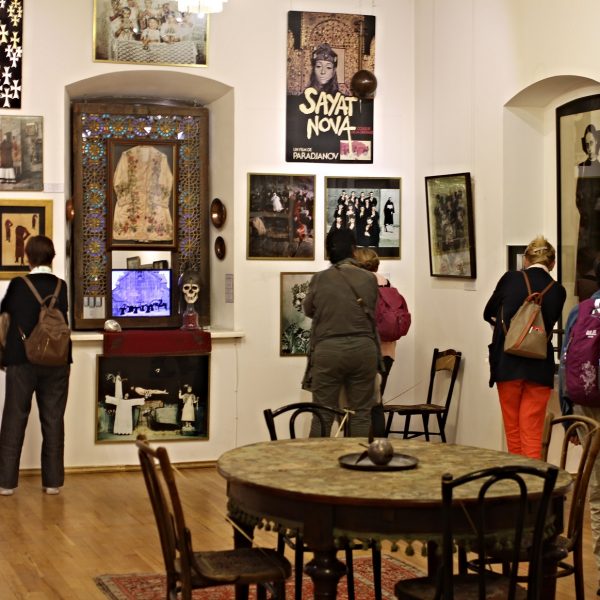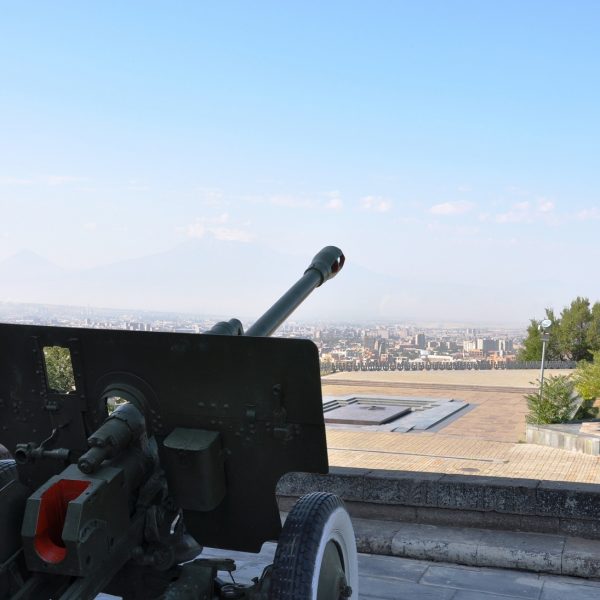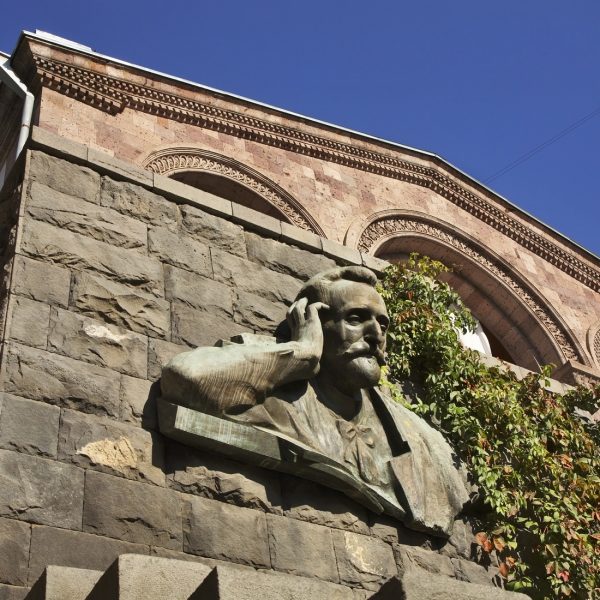As you go deep into the meaning of the word museum, which means a place dedicated to Muses, who are the goddesses of inspiration of literature, science and arts, it suddenly appears quite clear why Yerevan being such a small city houses a myriad of museums.
The museums in Yerevan are mainly dedicated to fine arts, applied arts, folk art, craft, archaeology, anthropology and ethnology, history, cultural history, science, technology, children’s museums, military history and agriculture. Very popular are the house museums of prominent Armenian writers and artists, which are not crowded every day, but which are never ignored and are always visited by the locals, from ordinary citizens to higher ranking officials.
Yerevan museums are spread all over the city and can be found at almost every step, and this is great considering their educational significance. Besides, is there any other way to introduce to the current generation and the tourists the cultural heritages of Yerevan, Armenia and Armenian people? Even if there is, what the eye sees in person, right in front of it, is incomparable and obviously, more impressive and memorable than anything else.
If you want to learn about national visual arts and decorative applied arts, then you should visit the National Gallery of Armenia, where other than that you will also learn about the world culture from the ancient times to present days. It’s perhaps the largest gallery in Yerevan with 56 galleries of European, Armenian, Russian and Oriental Art, and it will take you over two hours to thoroughly explore the gallery. While when reading this, you might think spending over two hours in a gallery is too much, you will completely change your mind and get absorbed in everything displayed in the gallery because it comes with a most unique and fascinating collection. You should by all means visit the section where most renowned Armenian sea painter Hovhannes Aivazovski’s sea paintings are introduced. They are breathtaking, and will keep sailing through your mind for a rather long time.
Among the house museums the must-visit ones are the Sergei Parajanov House Museum, which features movie director and artist Parajanov’s graphics, dolls, collages, photographs, screenplays and librettos of unrealized productions in theater, cinema and ballet, the House Museum of Aram Khachaturian, which includes the composer’s books, scores, records, photos, and other private things, and of course the Hovhannes Tumanyan House Museum, which is simply adorable. The latter is located in the central part of Yerevan and as you walk out of the museum, it seems the entire Tumanyan Street at the end of which it’s located lies before you. It’s something to be seen to be felt. The museum includes the writer’s private things, photos, books, and also on the walls several lines of his poems are cited. Make sure you have an Armenian with your group to translate those most beautiful lines to you.
If you’d like to go deep into the history and literature of Yerevan and Armenia, then you should visit Erebuni Fortress Museum, History Museum of Yerevan, History Museum of Armenia, Museum of Literature and Art and Museum of Military.
There is also the Genocide Museum, which provides not only pictures of the 1915 massacres but also displays historical undeniable data. You can visit this museum during your visit to the Genocide Memorial.
The list of museums is rather long, and it presently keeps on expanding and that’s good because it means that Armenian people are moving on with the eagerness to create, to invent and to surprise, while every collection of surprising things sooner or later finds its way to a museum. Above you will find the complete list and descriptions of all museums currently operating in Yerevan. Note that the museums generally open at 10 am and close at 5 pm, and the entrance fee might vary based the age, on your being a student and so on. Ask about these things in advance.




